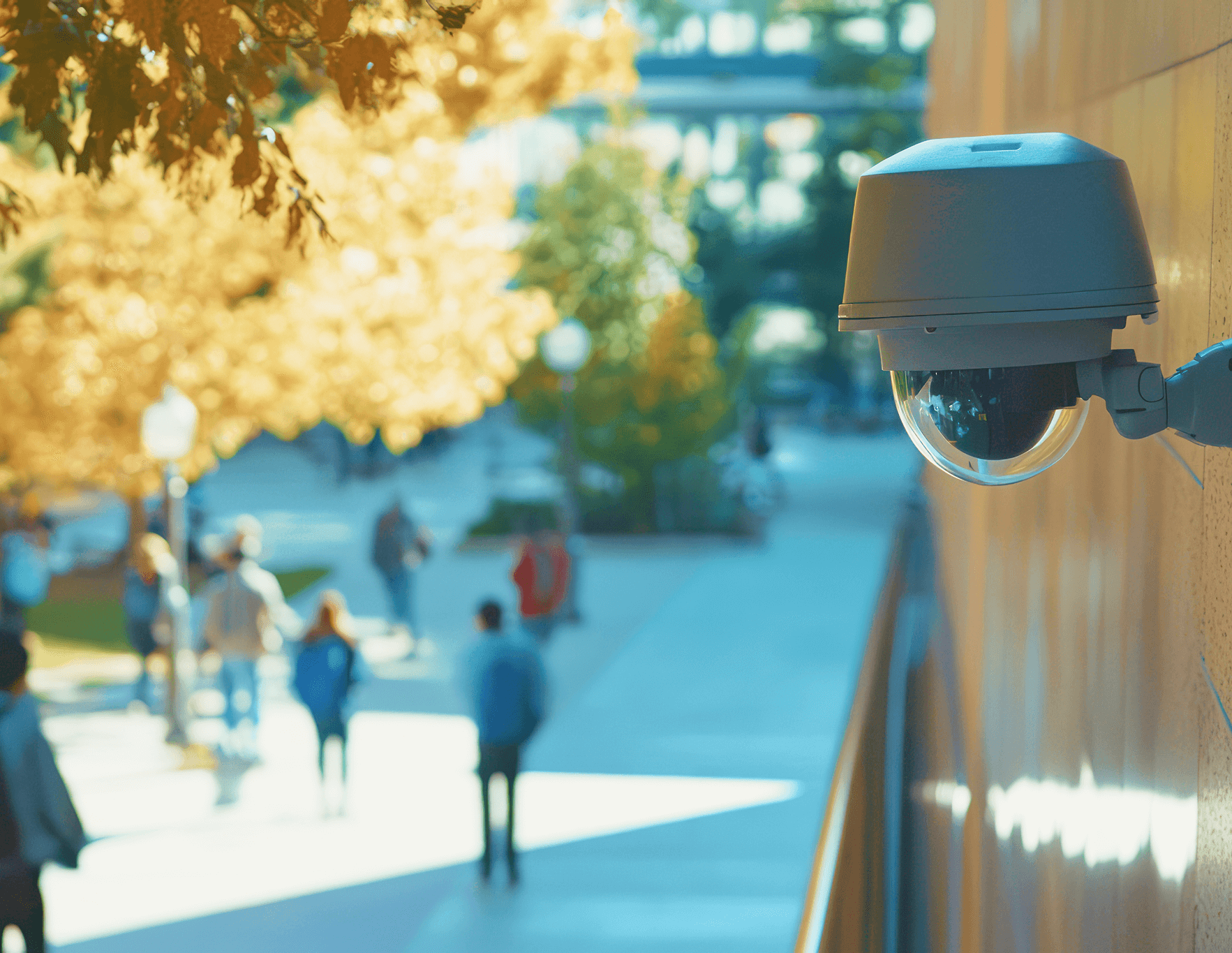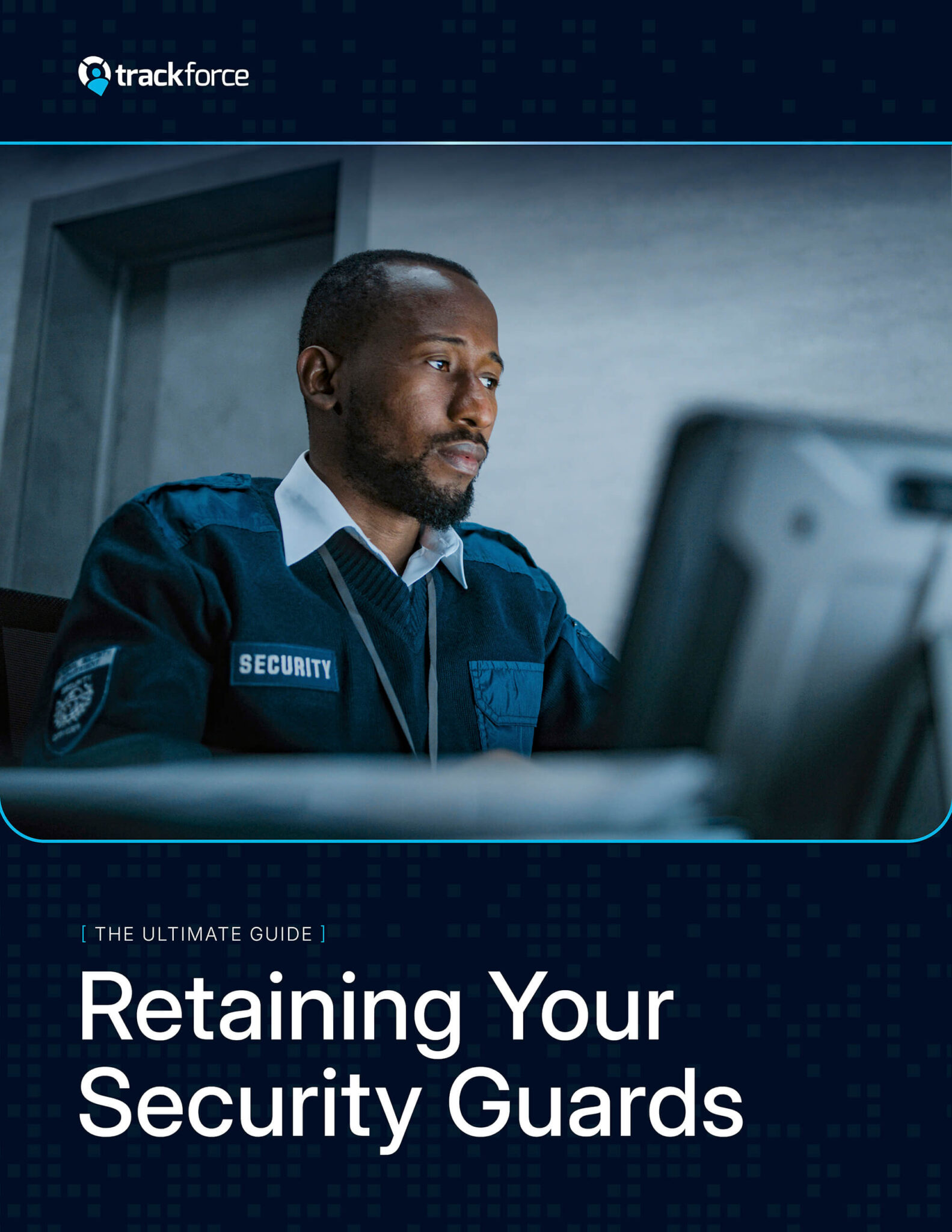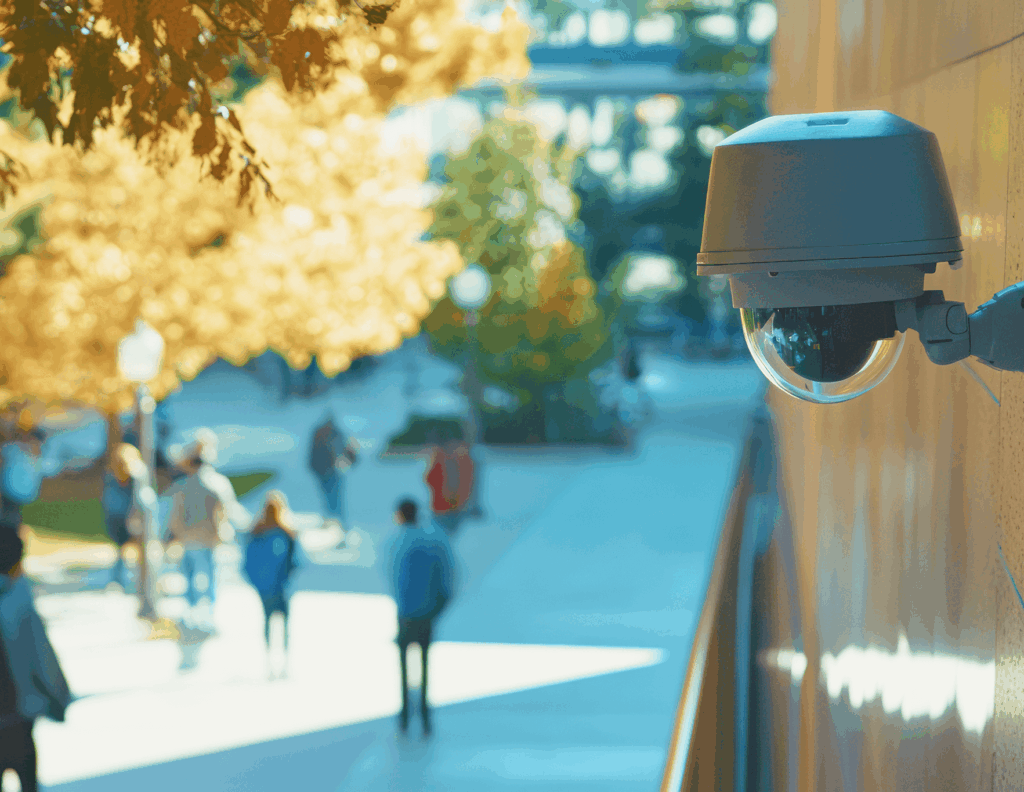
Campus Security 101: Modern Solutions for Safer Higher Education
Higher education campuses need to balance maintaining a welcoming atmosphere for the thousands of students and staff while still protecting them. In fact, over 82% of college students report feeling concerned about their personal safety on campus.
What can security teams do to help? Let’s look at the latest physical security trends, from new technology to infrastructure improvements, plus what campuses are doing today to get prepared.
Introduction to Campus Security Challenges
Of course, campus security has changed over time. While there are still traditional concerns like theft and vandalism – with the Department of Education reporting over 27,000 on-campus crimes in 2022 – there are also more serious threats. Today’s security teams need to protect against active shooters, cybersecurity breaches that affect physical systems, and mental health-related emergencies.
As a result, there’s a change in approach. Modern campus security teams use predictive analytics, real-time monitoring, and coordinated response protocols to identify and address potential threats before they escalate.
Why Campus Safety Matters
Recent campus incidents have highlighted some weak spots. For example, since 2000, there have been 574 school shooting incidents in the U.S. These events have caused institutions to reassess their coverage and invest in safety measures. The effects extend beyond immediate security concerns, influencing campus culture and community trust.
According to U.S. Department of Education data, 86 percent of four-year universities reported violent crimes on their campuses in one year. However, the overall number of on-campus criminal incidents was lower in 2021 than in 2011, showing that improved security measures are having a positive impact.
Universities are trying to provide protection without creating an unwelcoming prison-list atmosphere. This includes using discreet monitoring systems, designing friendly but secure entry points, and developing policies that protect both safety and academic values.
Five Technology-Driven Solutions for Improved Campus Security
1. Smart Access Control Systems
Universities are using sophisticated systems that give control over access but as still convenient to use:
- Mobile credential integration: The change from physical cards to mobile credentials is a definite advancement. According to Campus Safety, over 100 schools have already implemented mobile student IDs. Students and staff can then use phones to access buildings, which eliminates the risks and costs associated with lost or stolen cards. These systems also give real-time access logs and can be instantly updated or revoked.
- Biometric authentication: Biometric systems using fingerprint, facial recognition, or iris scanning technology are becoming more common in high-security areas. These systems have a much lower failure rate than traditional keys and are used to protect research facilities, data centers, and buildings. These systems provide better security while creating detailed audit trails.
- Visitor management platforms: Visitor management systems also integrate with campus security infrastructure to provide secure guest access. These platforms can pre-register guests, verify visitor identities, conduct background checks, and provide temporary access credentials.
2. Advanced Surveillance Technologies
Video surveillance technology is now very advanced, with artificial intelligence and machine learning influencing how to monitor campus activity. The global education security market is expected to grow over 10% annually, in part due to these technologies.
- AI-powered video analytics
Modern surveillance systems can automatically detect suspicious behavior, recognize individuals, and identify potential security threats in real-time. These systems can distinguish between normal campus activity and concerning behaviors, so actual threats receive immediate attention.
- Facial recognition capabilities
Universities are developing policies that balance security benefits with privacy concerns, often limiting use to post-incident investigations or monitoring public and high-risk areas. - Real-time threat detection
Advanced surveillance systems can now identify weapons with a high degree of accuracy, detect abandoned packages, and recognize other potential security threats. These systems provide immediate alerts to security personnel, potentially shaving minutes off response times.
3. Physical Infrastructure Improvements: Building Design and Security Architecture
Modern campus construction incorporates security starting with the design. This way, they can create safer environments without compromising appeal.
- Crime Prevention Through Environmental Design (CPTED): CPTED principles guide contemporary campus design, emphasizing natural surveillance, access control, and territorial reinforcement. CPTED locations have reported experiencing a reduction in crime.
- Secure entry points and controlled access: New buildings feature entry systems that balance security with accessibility. These designs often include vestibules that act as secure waiting areas and multiple entry points with varying security levels.
- Lighting and visibility: Poor lighting is consistently linked to higher crime rates. Strategic lighting improvements eliminate dark corners and blind spots that could pose a concern.
- Safe rooms and lockdown capabilities: Modern buildings are increasingly designed with designated safe spaces and centralized lockdown features that can be activated in seconds during an emergency.
4. Campus Perimeter Security
Perimeter security addresses both traditional and newer threats while maintaining the open character of higher education campuses. First, consider barriers. Modern perimeter security solutions include aesthetically pleasing barriers that provide security without creating an institutional appearance. For vehicles, there are automated bollards, tire shredders, and gate systems that can protect against vehicular threats while managing campus traffic flow.
Plus, as drone technology becomes more accessible – with over 800,000 drones registered with the FAA – universities are implementing detection systems that identify unauthorized drone activity. These systems can distinguish between legitimate and suspicious drone operations, providing responses to potential threats to security or large events like football games.
5. Integrated Security Operations & Security Operations Centers (SOCs)
Modern campus security relies on centralized operations centers that coordinate multiple systems. Universities are investing in creating these high-tech hubs.
- 24/7 monitoring capabilities
Professional security operations centers provide round-the-clock monitoring of campus security systems. These centers analyze incoming data, respond to emergencies, and coordinate with law enforcement.
- Data integration and analytics
SOCs integrate data from access control, video surveillance, alarm systems, and emergency notifications to provide a single view of campus security.
- Coordinated response protocols
Protocols make sure personnel receive information quickly and respond appropriately.
Future Trends in Campus Security
The future of campus security will be molded by new technology, including:
AI and machine learning
AI systems will become more sophisticated in their ability to predict and prevent security incidents. These systems will analyze historical data on crime, foot traffic, and event schedules to identify patterns and provide early warnings of potential threats.
Internet of Things (IoT) Integration
The number of connected IoT devices is projected to exceed 29 billion by 2030. On campus, these sensors and devices will monitor everything from air quality (for detecting hazardous materials) to crowd density.
Predictive analytics
Advanced analytics will help security professionals anticipate security incidents before they occur. These systems will analyze multiple data sources and recommend preventive actions, like dispatching people to a location where conditions suggest a crime is likely to occur.
Collaborative Security Models
Future campus security will need collaboration between institutions, communities, and law enforcement agencies. Universities will participate in information sharing networks, such as those facilitated by the Department of Homeland Security, to receive real-time threat intelligence. These networks help institutions learn from each other’s experiences and improve their security. In addition, collaboration with private security companies and technology providers will help universities to access advanced security capabilities – while controlling costs. These partnerships will provide access to technology that may be too expensive to develop in-house.
Why Choose Trackforce for Campus Security?
Higher levels of safety on campuses doesn’t have to come at the cost of an open atmosphere. From intelligent access control and AI-powered surveillance to building design and integrated command centers, modern security is about creating a protection system.
The foundation of this approach is a security management platform. Trackforce is designed to unify these elements, providing security teams with the real-time data and operational control to protect a campus. Now, higher education institutions can address safety concerns, proving that a secure campus and a lively community can exist and thrive.
Frequently Asked Questions

Want to understand all the factors driving guard turnover?
Download our comprehensive “Ultimate Guide to Retaining Your Security Guards” for actionable insights.
